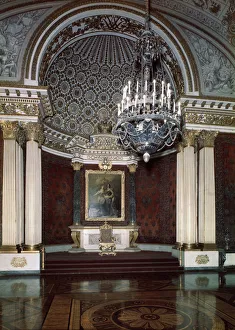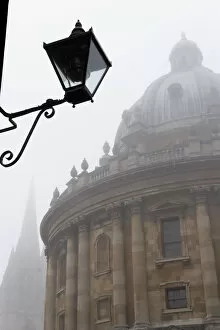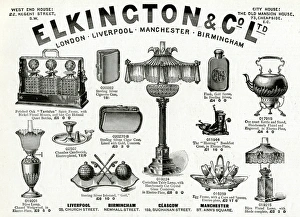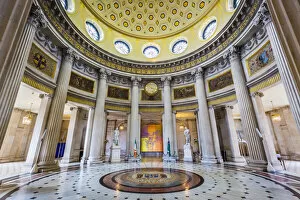Corinthian Collection (page 9)
"Exploring the Timeless Beauty of Corinthian
All Professionally Made to Order for Quick Shipping
"Exploring the Timeless Beauty of Corinthian: From Classical Orders to Iconic Structures" Step into the world of architectural marvels as we uncover the captivating allure of Corinthian. This exquisite style, one of the three Classical Orders alongside Doric and Ionic columns, has left an indelible mark on history. Imagine yourself transported to ancient Rome, where Cicero's powerful speeches echoed through grand halls adorned with Corinthian columns. The Claverton Street Chapel in London pays homage to this timeless design, showcasing its elegance even in a modern setting. But it is Greece that truly embraced Corinthian's splendor. In Athens, Hadrian's Library stands proudly as a testament to Roman Emperor Hadrian's vision. And amidst the ruins of the Roman Forum captured by Robert MacPherson in 1867, Corinthian columns still stand tall, whispering stories from centuries past. Architecture enthusiasts will appreciate Charles Lawrie's engraved masterpiece depicting the Orders of Architecture. Here, Doric, Ionic and Corinthian column capitals are meticulously illustrated – each boasting its unique charm and character. Venturing further afield brings us to Al Khazneh Temple in Petra, Jordan – an awe-inspiring structure adorned with intricate Corinthian details. Meanwhile, Rome beckons with its iconic Arch of Titus and Temple of Vesta; both exemplifying how this architectural style transcends time and borders. Whether you find yourself exploring Syria's Palmyra or wandering through Homs Governate – remnants like the Funerary Temple and Arab Citadel showcase how even amidst turmoil, these magnificent structures endure. Corinthian remains a symbol of beauty frozen in stone - an eternal reminder that artistry can withstand the test of time.
















































